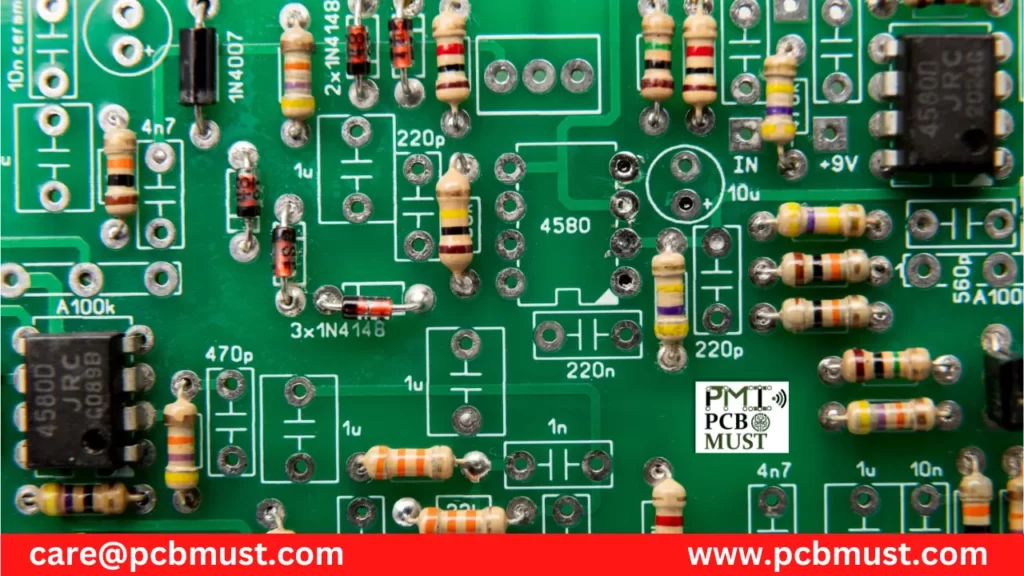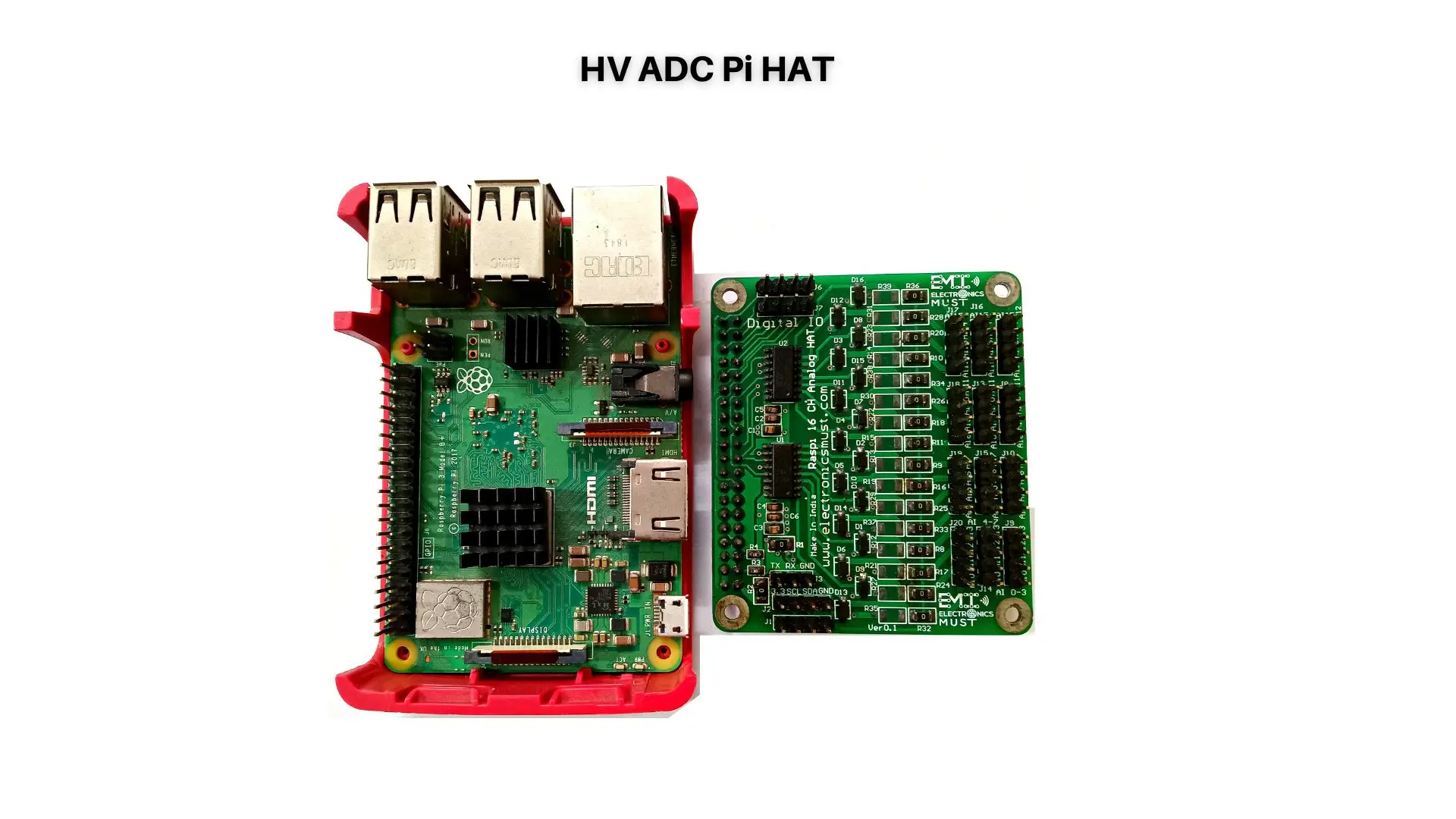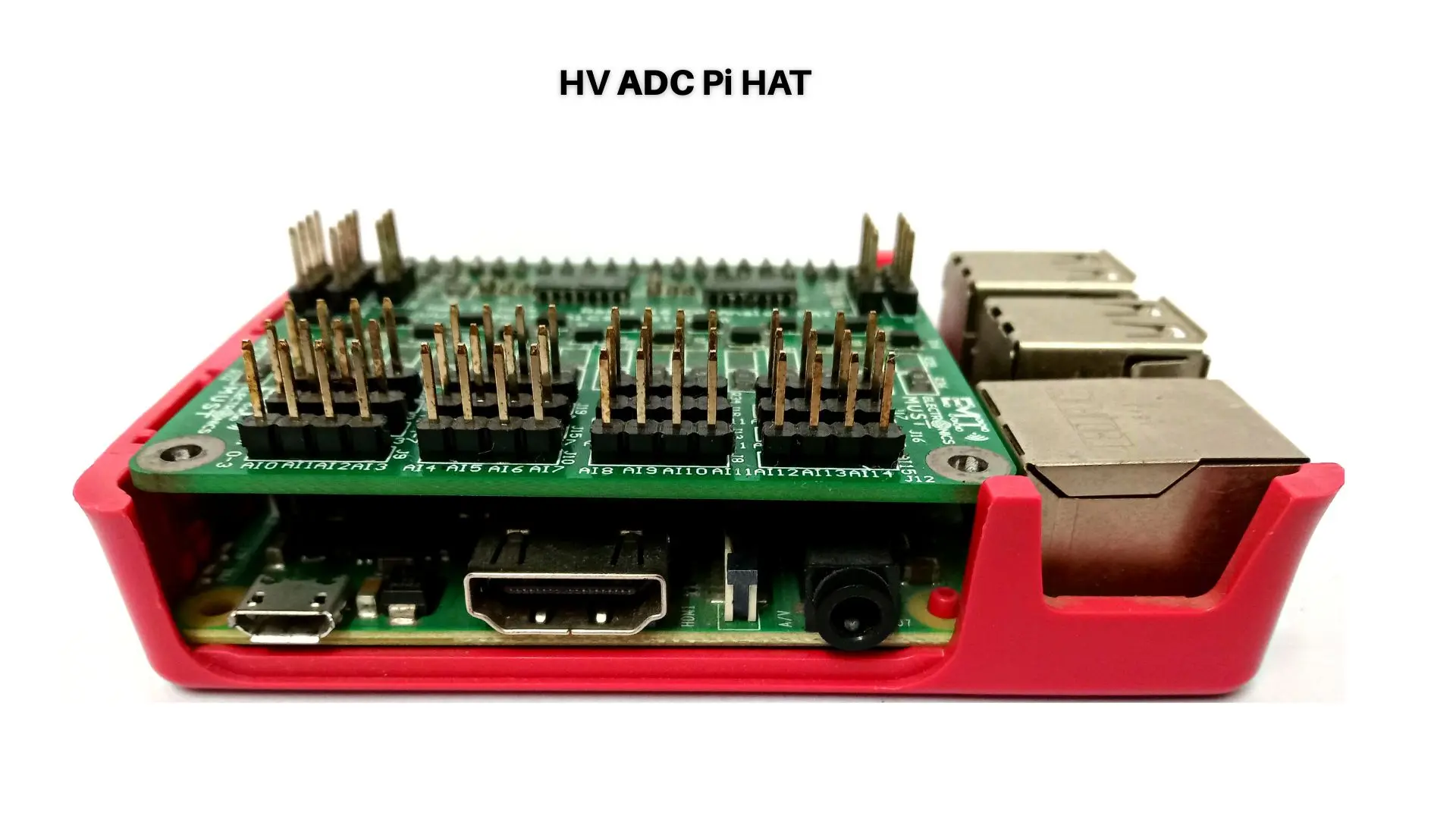Creating a circuit for electronics can be both a challenging and rewarding experience. As an engineer, you must consider a range of elements when designing your circuit, circuit,including space, power, cost and reliability. You also need to find ways to optimize the efficiency of your circuit; if it’s slow or unreliable, then your design isn’t a success. Here are a few tips to consider when trying to optimize the efficiency of your electronics circuit design.
1. Use Software to Design your Circuit
Using advanced software can help you achieve greater accuracy and detail in your circuit design; however, choosing the right program is essential. Be sure to select a program which can handle complex layouts and simulations so that you can accurately assess your design and troubleshoot any potential issues as necessary.
2. Assess your Power Requirements
When creating a circuit, you need to assess the total power required for the system. Make sure you consider the startup power and the sustained power for each component, as this will affect your circuit design.
3. Choose Appropriate Component Wattages
When selecting components for your circuit, ensure that the wattage is appropriate for the application. If a component is too large, then you may be spending more money on power requirements than you need to. If a component is too small, then it will be prone to overheating and damage.
4. Consider Component Placement
The layout of your circuit can play a role in its efficiency. Place components which produce heat further away from sensitive components, such as transistors and ICs, as this helps to improve the circuitry’s life span.
5. Design Efficient Pathways
Plan out the pathways and connections of your circuit so that your design is optimized and efficient. A good rule of thumb is to minimize the number of connections and use shorter wires wherever possible. This will not only reduce energy consumption but also help to protect your circuit from interference and corrosive elements.
6. Assess the Environment
Excess moisture and temperature can have an adverse effect on your circuit’s performance. Make sure to protect your circuit by using proper insulation and protective casing. Additionally, use waterproof components and sealant compounds to prevent damage from water and dust.
By following the tips above, you can design a more efficient circuit for your electronics project. Additionally, be sure to select a reliable PCB design service to ensure that your printed circuit board (PCB) is designed and manufactured accurately. With the right program and planning, you can optimize the efficiency of your circuits while keeping costs as low as possible.






